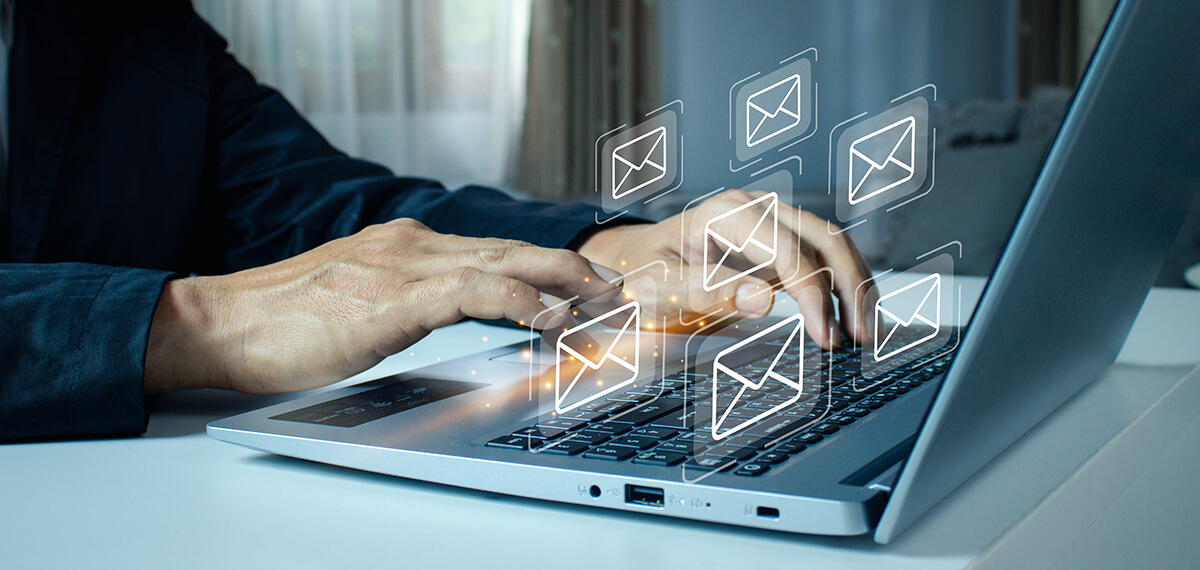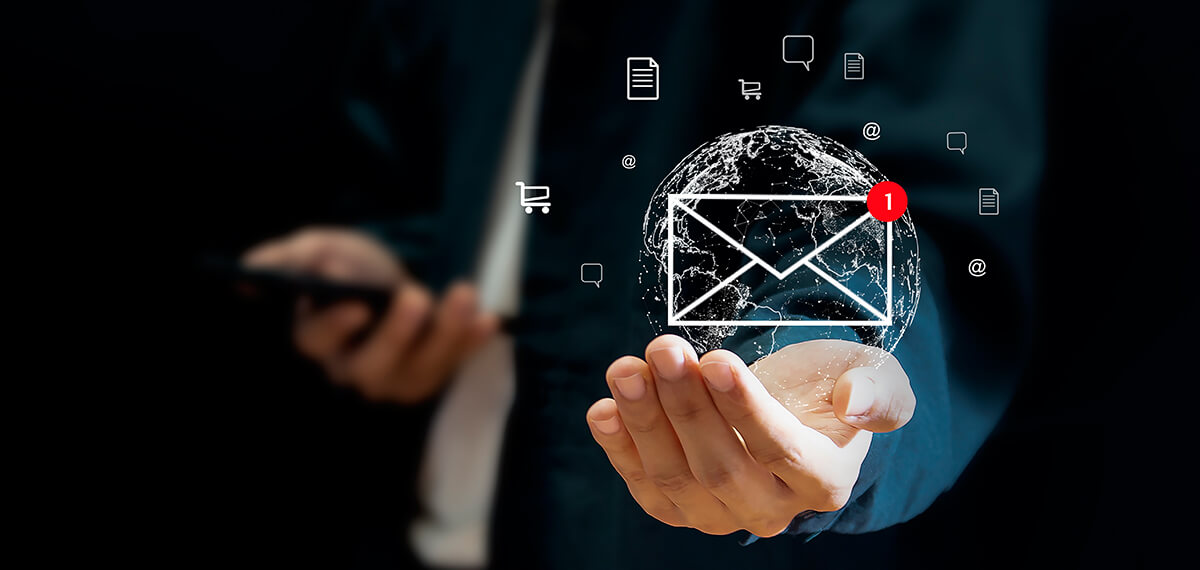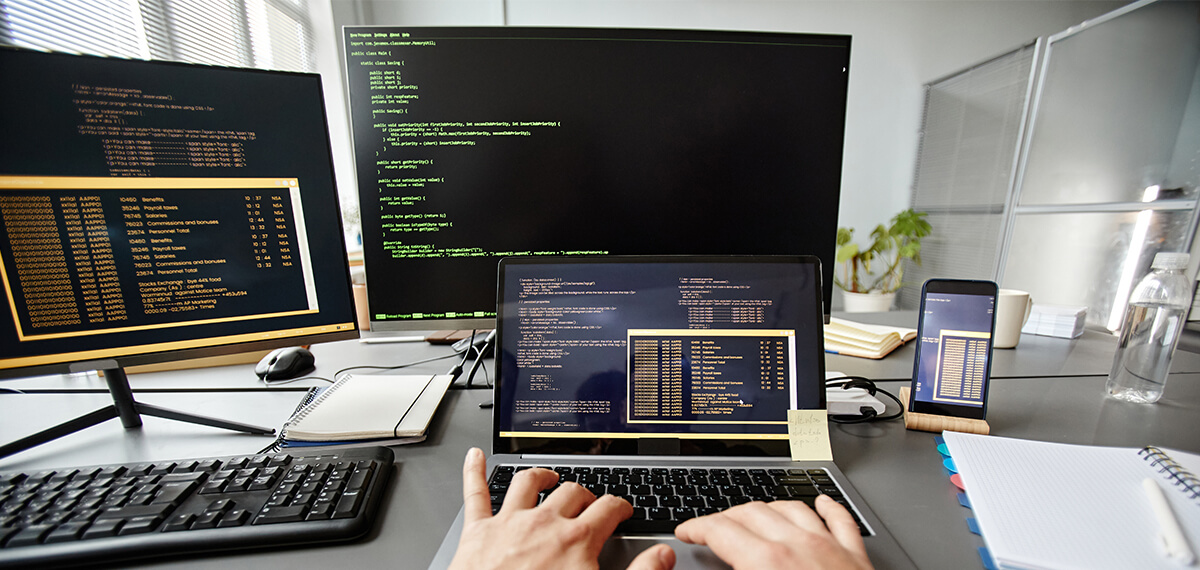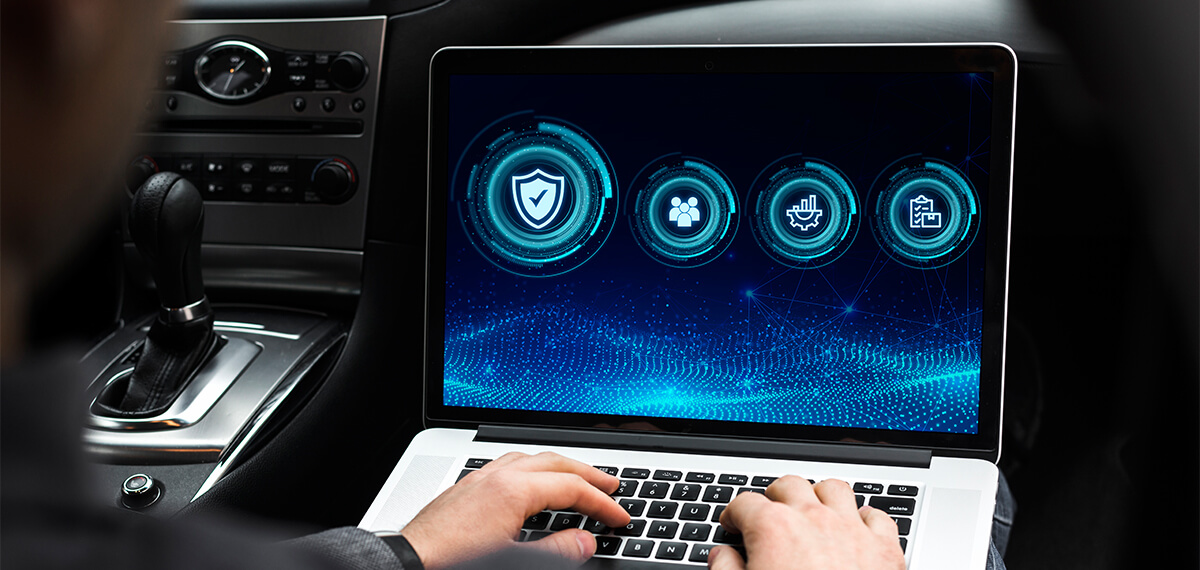E-mail Solutions
Personal Computing
E-mail Solutions
Email solutions refer to the various technologies and services that enable electronic mail communication. Email is a fundamental tool for both personal and business communication, allowing users to send and receive messages, documents, and multimedia content. Below are details about key components and features of email solutions:
-
- Email servers are the backbone of email communication, responsible for sending, receiving, and storing emails.
-
- Protocols: SMTP (Simple Mail Transfer Protocol) for sending, POP3 (Post Office Protocol 3) and IMAP (Internet Message Access Protocol) for receiving.
- Security: TLS (Transport Layer Security) for encrypted communication.
- Authentication: SPF (Sender Policy Framework), DKIM (DomainKeys Identified Mail), and DMARC (Domain-based Message Authentication, Reporting, and Conformance) for email authentication.
-
- Email clients are software applications or web-based interfaces used by end-users to access and manage their emails.
-
- User-friendly interface for composing, sending, receiving, and organizing emails.
- Integration with other productivity tools (calendar, contacts).
- Support for multiple email accounts.
-
- Webmail services allow users to access their emails through web browsers without installing a dedicated email client.
-
- Browser-based access from any device.
- User-friendly interfaces with features similar to email clients.
- Integration with cloud storage for attachments.
-
- Mobile email apps provide a convenient way to access emails on smartphones and tablets.
-
- Push notifications for real-time email updates.
- Mobile-friendly interfaces optimized for smaller screens.
- Synchronization with other device apps.
-
- Email protocols define the rules and conventions for exchanging messages between email clients and servers.
-
- SMTP (Simple Mail Transfer Protocol) for sending emails.
- POP3 (Post Office Protocol 3) and IMAP (Internet Message Access Protocol) for receiving emails.
- MIME (Multipurpose Internet Mail Extensions) for multimedia content.
-
- Spam filtering mechanisms identify and filter out unwanted or malicious emails, preventing them from reaching the user's inbox.
-
- Content analysis, blacklists, and whitelists.
- Machine learning algorithms for adaptive filtering.
- User-configurable spam settings.
-
- Security features protect email communication from threats such as phishing, malware, and unauthorized access.
-
- Encryption (TLS) for secure transmission.
- Anti-phishing measures to identify and block phishing attempts.
- Anti-malware scanning for email attachments.
-
- Archiving solutions store and organize emails for compliance, legal, or historical purposes.
-
- Email archiving for long-term storage.
- Search and retrieval tools for compliance audits.
- Retention policies to manage email lifecycles.
-
- Email solutions often integrate with collaboration tools for seamless communication and file sharing.
-
- Calendar integration for scheduling and organizing meetings.
- Contacts and address book management.
- File attachments and sharing.
-
- Cloud-based email services offer scalable and accessible email solutions without the need for on-premises infrastructure.
-
- Reliability and scalability with cloud resources.
- Automatic updates and maintenance.
- Collaboration features with cloud storage.
-
- Business email solutions cater to organizational needs with additional features for team collaboration and administration.
-
- Custom domain email addresses.
- User and group management.
- Integration with productivity suites (e.g., Microsoft 365, Google Workspace).
-
- Backup and recovery solutions safeguard against data loss by creating copies of emails for restoration.
-
- Regular automated backups.
- Point-in-time recovery options.
- Redundant storage for backup files.
Considerations for Email Solutions
- Ensure that the email solution meets security standards and compliance requirements, especially for industries with specific regulations.
- Choose an email solution that can scale to accommodate the organization's growing user base and data volume.
- Consider the integration capabilities of the email solution with other business applications and services.
- Prioritize user-friendly interfaces and features to enhance user adoption and productivity.
- Assess the reliability and uptime guarantees provided by the email service or infrastructure.
- Implement robust backup and recovery mechanisms to safeguard against data loss and ensure business continuity.
- Evaluate collaboration tools integrated into the email solution to facilitate teamwork and communication.
- Understand the cost structure, including licensing fees, storage costs, and any additional charges for premium features.
- Ensure that the email solution provides adequate support for mobile devices and implements security measures for mobile access.
Email solutions play a critical role in modern communication and collaboration, and choosing the right solution involves considering various factors to meet the specific needs of individuals and organizations.
Personal Computing
Personal computing devices such as desktop PCs, laptops, and workstations are essential tools for individuals and professionals alike. These devices vary in form factor, performance, and use cases. Here are details about each:
- A desktop PC is a personal computer designed for use at a fixed location, typically on or under a desk.
-
-
Tower or All-in-One:
- Towers consist of a separate CPU unit and monitor.
- All-in-One (AIO) integrates the CPU and monitor into a single unit.
-
-
Customization:
- Desktops are often customizable, allowing users to upgrade components like RAM, storage, and graphics.
-
-
Peripheral Connectivity:
- Multiple USB ports, audio jacks, and expansion slots for additional components.
-
-
Power and Performance:
- Higher processing power and performance compared to many laptops.
-
-
Graphics Options:
- Supports discrete graphics cards for gaming or graphic design.
- A laptop is a portable personal computer with an integrated screen and keyboard, designed for mobility.
-
-
Portability:
- Compact design and lightweight for on-the-go use.
- Built-in battery for mobile operation.
-
-
Integrated Components:
- Integrated keyboard, touchpad, and display.
- Webcam and microphone for video conferencing.
-
-
Performance Variability:
- Wide range of performance levels, from basic to high-end configurations.
-
-
Battery Life:
- Battery life varies, with ultrabooks and business laptops often offering longer runtime.
-
-
Connectivity:
- Wi-Fi, Bluetooth, and often a variety of ports (USB, HDMI, etc.).
- A workstation is a high-performance computer designed for professional tasks that demand significant computing power.
-
-
Specialized Hardware:
- Typically equipped with specialized processors (e.g., Intel Xeon) and high-end graphics cards (NVIDIA Quadro, AMD Radeon Pro).
-
-
Memory and Storage:
- Extensive RAM for handling large datasets.
- Support for multiple storage drives, including SSDs for fast data access.
-
-
Graphics and Design:
- Optimized for tasks such as 3D modeling, CAD, video editing, and scientific simulations.
- ECC (Error-Correcting Code) memory for data accuracy.
-
-
Reliability and Durability:
- Built with components designed for reliability and continuous operation.
- Robust cooling systems to handle heavy workloads.
Considerations for Personal Computing Devices
- Choose a device based on your specific use case (general productivity, gaming, content creation, etc.).
- Assess the balance between portability and performance based on your mobility requirements and computing needs.
- Consider the level of customization offered by the device, especially for desktop PCs where components can be upgraded.
- Determine your budget and choose a device that provides the best value for your investment.
- Check the availability and types of ports for peripheral connectivity.
- Choose the operating system that aligns with your preferences and software requirements (Windows, macOS, Linux).
- Evaluate security features such as biometric authentication, TPM (Trusted Platform Module), and security software.
- Consider the display quality, resolution, and size based on your preferences and use cases.
- For laptops, assess the battery life if portability is a key consideration.
Personal computing devices have evolved to cater to diverse user needs, from basic computing tasks to high-performance professional applications. Understanding your requirements and considering factors like portability, performance, and features will help you make informed decisions when selecting a desktop PC, laptop, or workstation.



